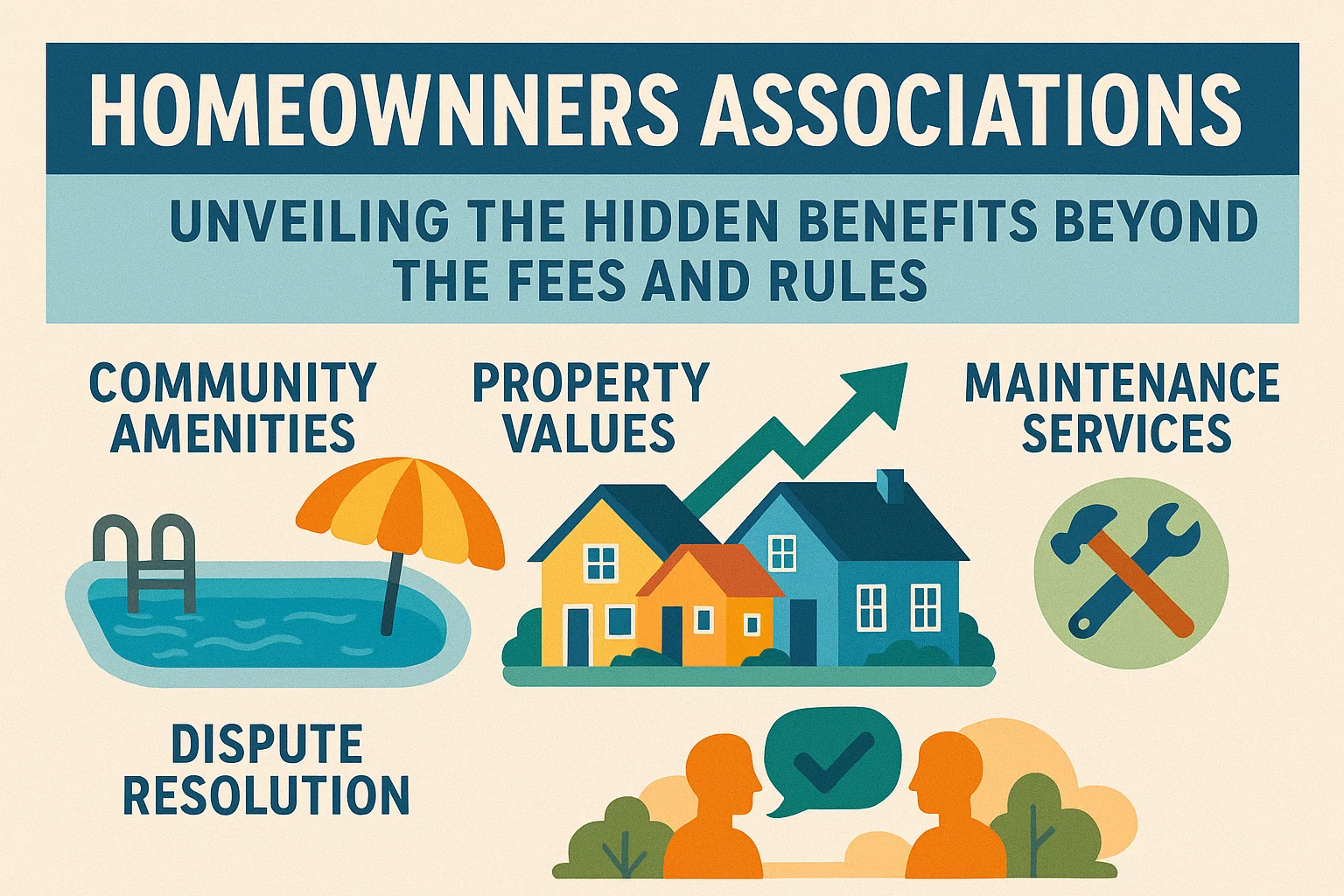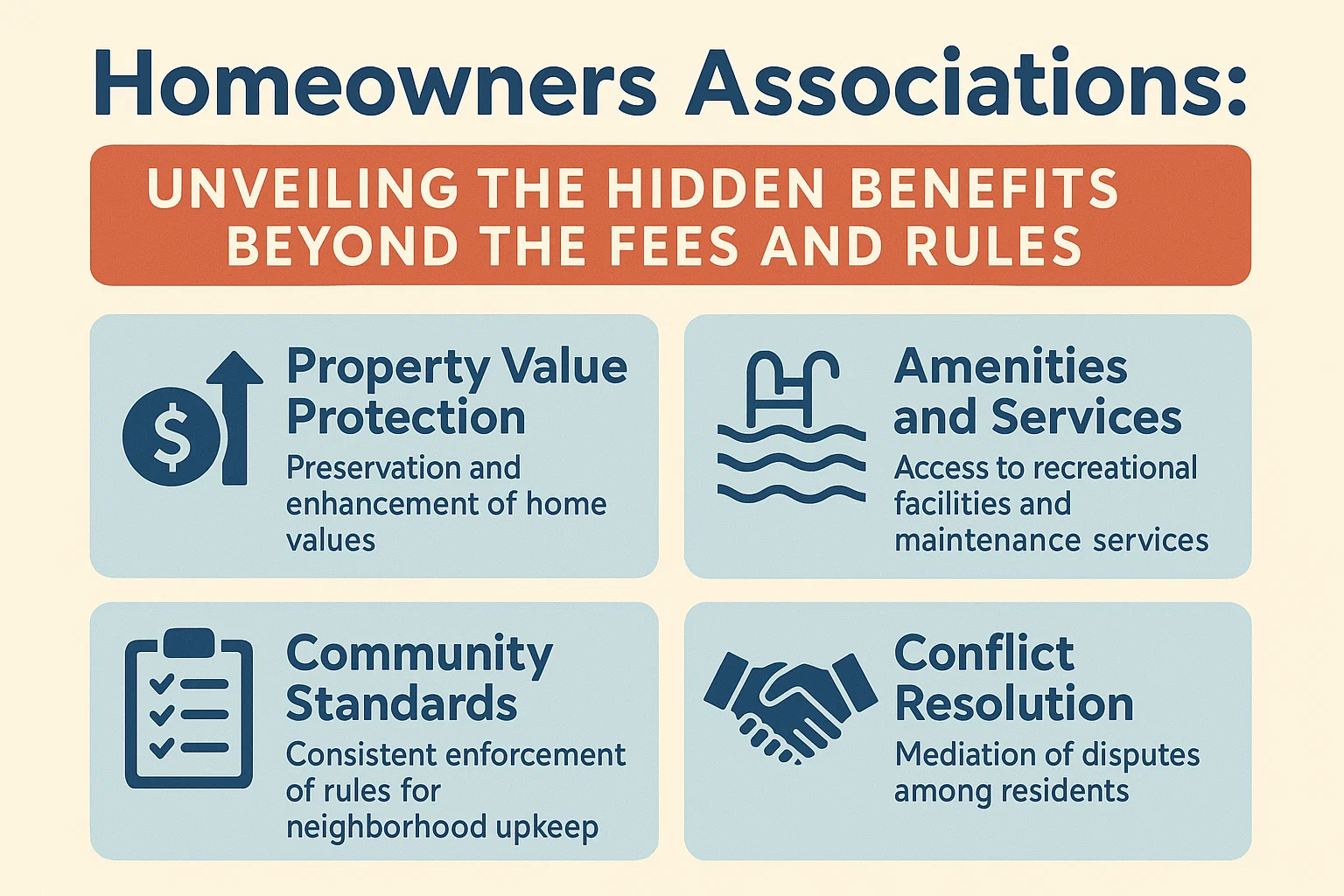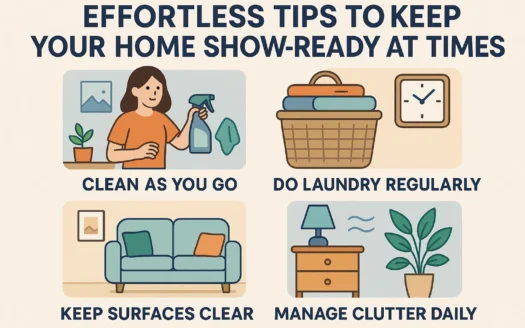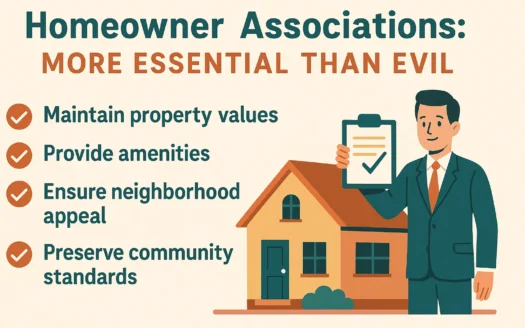Homeowners Associations: Unveiling the Hidden Benefits Beyond the Fees and Rules

Homeowners Associations: Unveiling the Hidden Benefits Beyond the Fees and Rules
Homeowners associations (HOAs) often get a bad rap. Sure, they can come with high fees and limit what you can do with your property, but are they a complete waste? Definitely not. In fact, they actually offer quite a few perks. From maintaining community common areas to safeguarding local property values, HOAs can do a lot for the residents they serve.
Are you thinking about buying a home in an HOA-managed neighborhood? Depending on where you’re interested in living — the suburbs or some place more rural — an HOA may provide slightly different benefits. Let’s look closer at suburban and rural HOAs and what each can offer you.
Suburban Homeowners Associations
Many suburban neighborhoods come with HOAs. The association will usually:
- Mow common areas
- Maintain community parks, trails, pools, and playgrounds
- Staff facilities like clubhouses, pools, and security gates
They also establish rules for how the community — and homes within it — should look. Though these rules can be a pain to comply with (you might be fined if you let your grass get too high), they help ensure a better-looking neighborhood overall. In the long run, this supports higher property values and bigger profits when you sell your home later on.
Key Perks of Suburban HOAs
-
They ensure cleaner, better-kept amenities.
If your neighborhood has shared amenities like a pool or tennis court, the HOA ensures they’re cleaned, maintained, and safe. They may even add new amenities as the neighborhood grows.
-
They foster a tighter-knit community.
HOAs often organize neighborhood events and provide opportunities to meet neighbors through meetings or board service.
-
They enhance safety.
Gated communities benefit from maintained gates and security staff. Some HOAs install road signs, crosswalks, or support neighborhood watch groups.
-
They mediate disputes.
HOAs can resolve conflicts between neighbors, whether over noise, pets, shared fences, or other issues.
-
They beautify the neighborhood.
Many HOAs plant flowers, hang holiday decorations, and keep the community visually appealing to boost property values.
Downsides to Consider
Suburban HOAs require compliance with rules for home and yard upkeep. Exterior renovations often need board approval, which can delay projects.
Rural Homeowners Associations
Though less common, rural HOAs focus on roads, local utilities (sewage, water), and land-use rules (e.g., raising livestock). Here’s what they offer:
Key Benefits of Rural HOAs
-
Improved roads and lighting.
Rural HOAs maintain roads, fix potholes, clear snow, and install streetlights — critical for areas with low-visibility roads.
-
Access to essential services.
They ensure trash pickup, treated water, and sewage services in areas where these might otherwise be unavailable.
-
Pest and wildlife management.
HOAs may cover pest control (ants, mosquitos) and address threats from coyotes or wolves.
-
Stronger property values.
By maintaining common areas and property standards, rural HOAs help preserve home values for future sales.
-
Reduced homeowner responsibilities.
HOAs handle tasks like road repairs and community upkeep, freeing residents to focus on their own properties.
The Final Word
Though HOAs come with fees and rules, they’re not all bad. From boosting property values to easing homeowner burdens, they provide significant benefits. Considering a home in an HOA community? Research their guidelines thoroughly to understand how they’ll shape your living experience.




